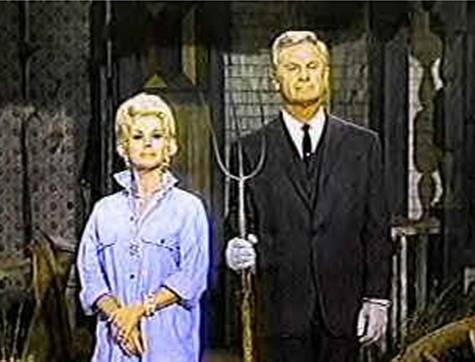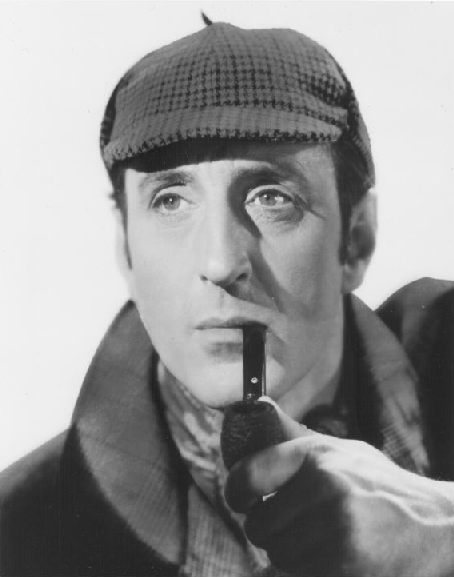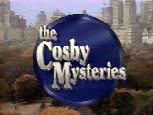Part One is here, Part Two is here.
3) A Friend in Deed (1974)
This episode has a good twist in it. For starters, the primary villain is none other than the Deputy Commissioner of Police (played by Richard Kiley). For another, he didn’t commit the initial homicide.
The story begins with a friend of the Deputy Commissioner meets him at a bar and tells him he just killed his wife in a moment of rage and doesn’t know what to do. The Commissioner assures him he’ll take care of it and carefully re-arranges the crime scene to make it look like it was the work of a burgular who had been hitting local homes and arrange an alibi for his neighbor.
Then the Commissioner murders his own wife and uses the occasion of the wake for the first man’s wife to enlist the help of the first killer in covering up his own murder.
This case presents a unique challenge to Columbo. There are several cases when the prominent murderers he hunts will use their connections to pressure Columbo to back off, but this time Columbo is facing off against corrupt superior with more direct authority and control over the investigation. Even as Columbo produces more inconsistencies with “the burgular did it” story, the Commissioner pushes him towards that one answer.
The Commissioner is one of Columbo’s chilling villains, combining his sociopathic nature, an intimidating personality, and the raw power of a high police official.
In the end, Columbo has to get very creative and enlist the help of the real burgular to solve the case in one of Columbo’s memorable endings.
2) Now, You See Him-1976
This episode is the second Jack Cassidy episode on the list. This is perhaps the Columbo episode I enjoyed the most. Cassidy is fantastically believable as the Great Santini, a clever magician with a past that he must keep secret at all costs which leads him to kill his employer who is blackmailing him.
Even though, the music and style of the Great Santini are totally 1970s, there’s a certain edge of coolness even watching this episode 30 years later, and Cassidy plays the murderer with a great deal of charm throughout the episode.
This episode saw the return of Sergeant Wilson (Bob Disky). Wilson had appeared in the 1972 episode, “The Greenhouse Jungle” as a young by the book police sergeant who chafed against Columbo’s unorthodox methods, only for Columbo to be proven right after Wilson arrested the wrong man. In, “Now You See Him,” Wilson has grown a bit and actually is helpful to Columbo on the case. It should be noted that this is the only time that giving Columbo a sidekick worked out well.
With a solid denouement featuring Columbo’s own magic trick with some key help from Sergeant Wilson, this is a fun way to spend 75 minutes.
1) A Stitch in Crime-1973
This episode begins with a fairly clever murder plot in which a Dr. Barry Mayfieldplans to murder his partner by putting temporary sutures where permanent ones ought to go, which will lead to the doctor’s death. A nurse finds out and the Mayfield kills her to stop her from spilling the plan.
As Nimoy is most famous for playing Spock on Star Trek many reviews will reference this as Spock v. Columbo. The comparison is not entirely without merit. Nimoyis cold, calculating, and throughout most of the episode, detached and unemotional. He’s the picture of a perfect sociopath and very menacing. The scene right before he murdered the nurse is perhaps the most startling in the series.
Like with “A Friend in Deed,” what makes Mayfield a particularly dangerous killer is not just that he’s a heartless murderer, but his position. In this case, as he’s a doctor who is supposed to be a healer, it adds another dimension to the character.
In this episode, Columbo has to work to prevent the original murder that Dr. Mayfield set out commit. This adds some additional tension to the episode that isn’t your ordinary episode of Columbo. This episode is also notable for being one of the occassions where Columbo gets mad at a killer and shows it:
The ending to this episode just can’t be beat. As we get to the end, it does look like Columbo may have lost or more accurately, got a split decision that will leave Dr. Mayfield free. It’s only in the last forty-five seconds that Columbo pulls it out.
Of course, other fans have their favorites. And it’s a hallmark of Columbo movie reviews that on nearly every 1970s episode, some fans will insist it was one of Columbo’s best and others will insist it was one of the weakest. Your feedback is always welcomed.
The entire 1970s Columbo Series is available on DVD from Amazon, along the 1989 and 1990 Mystery Movies series. The 1991-93 Mystery Moviesseries will be available on DVD February 8th. Episodes of Columbo are also available on DVD and Instant Watch from Netflix.
This post contains affiliate links, which means that items purchased from these links may result in a commission being paid to the author of this post.
UPDATE:
Linked by the Rap Sheet where folks are discussing their own favorites and suggesting substitutions.





